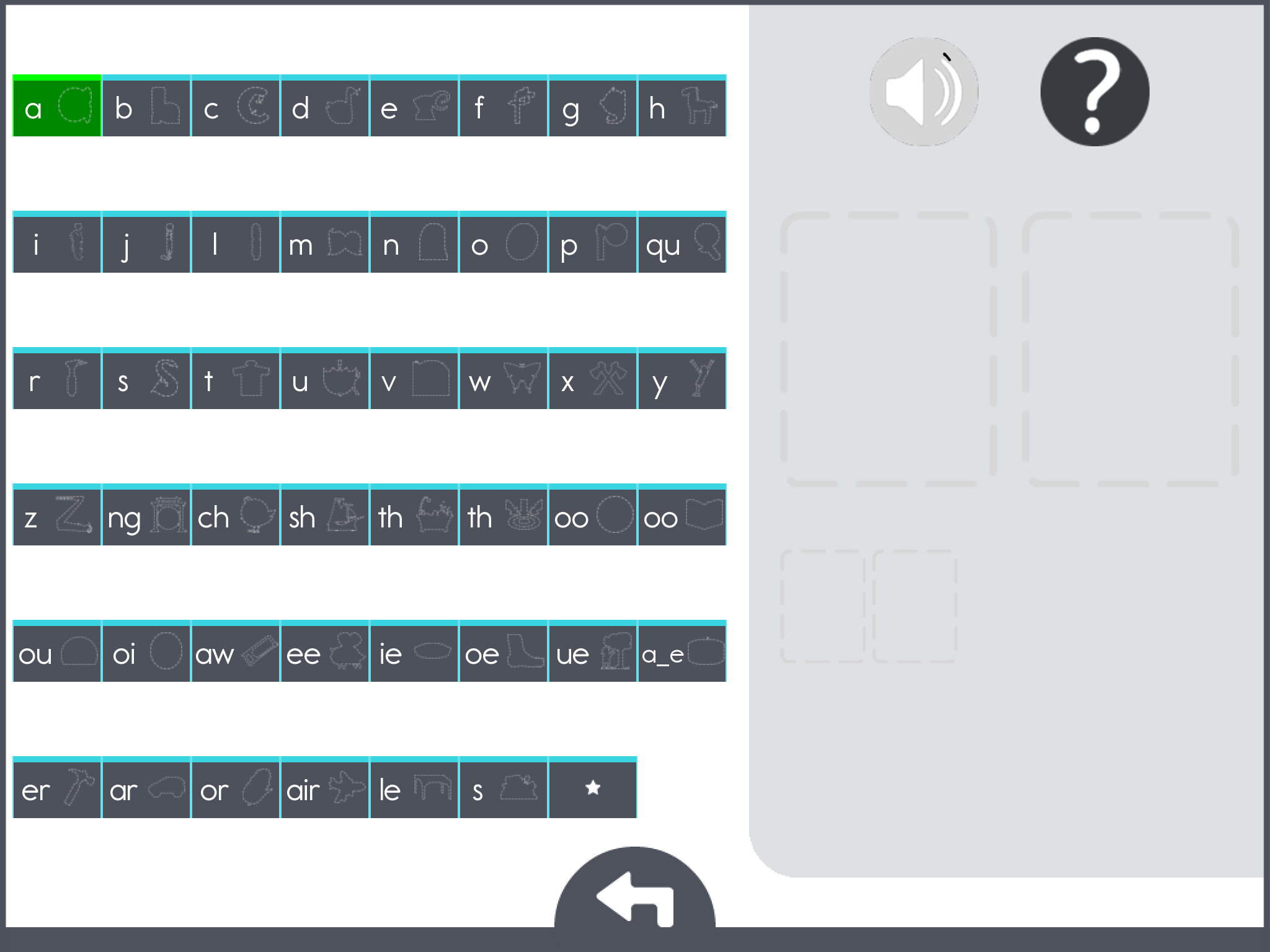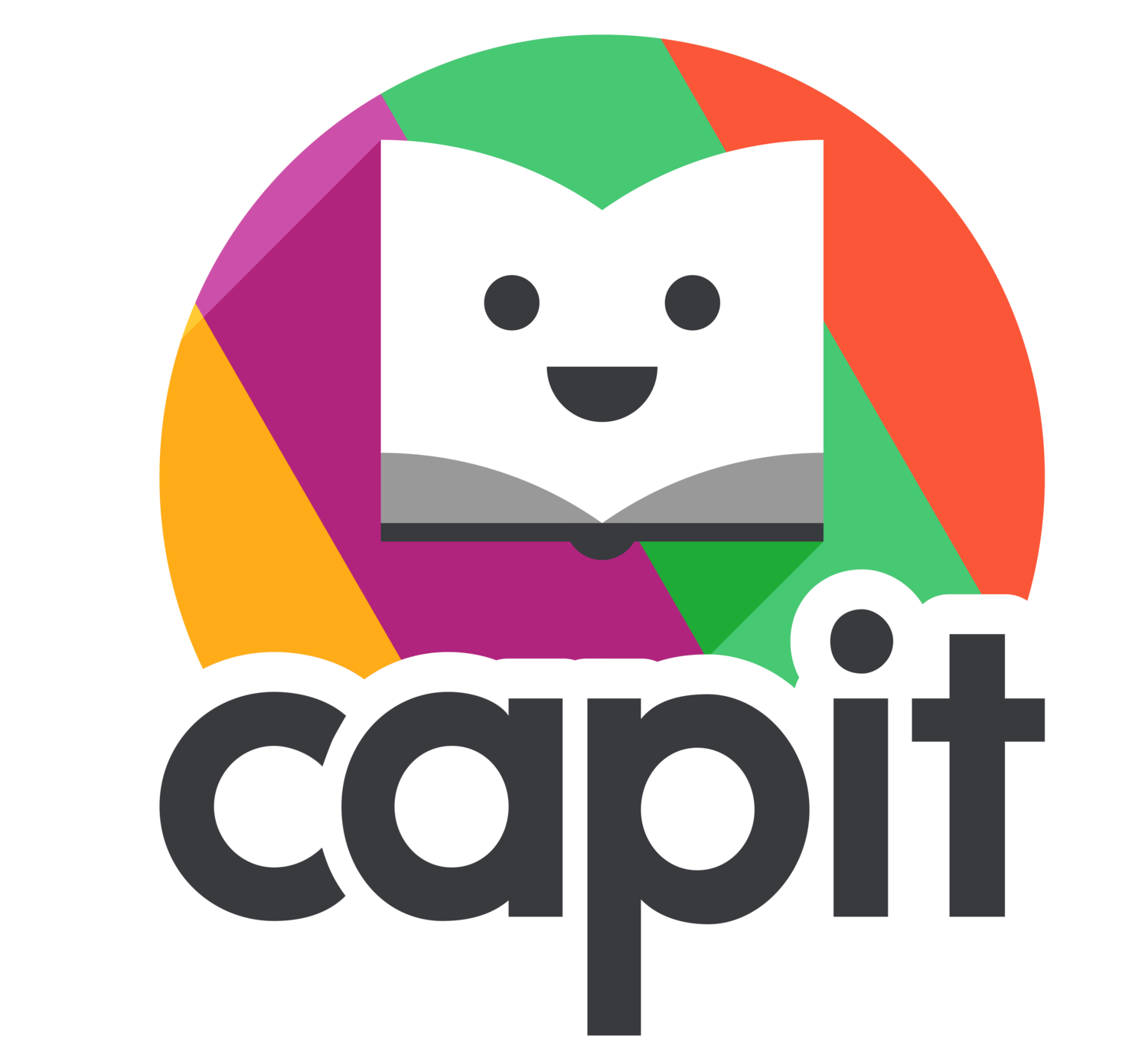CAPIT Level 2 – Reading and Spelling
Level 2 Goals
Kindergarten students finish Level 1 in three months and finish Level 2 (Fig. 1) by the end of the school year.
(Students in 1st grade and above should finish Level 3 by the end of the school year.)
CLICK HERE to learn about our Yearly, Weekly, and Daily Goals.
Fig. 1: CAPIT Reading Level 2
CAPIT Reading Level 2
In Level 2, students begin reading and spelling VC and CVC words (Fig. 2). Eventually, students will read and spell complete sentences. CAPIT only uses real words—CAPIT does not contain nonsense words.
CAPIT Level 2 contains four types of activities:
Reading Skills
Spelling Tests
CAPIT Books
Spelling Cards
We will explain each one below.
Fig. 2: Four Activity Types in Level 2 & Level 3
Reading Skills (1)
Reading Skills contain the skills your students need to know as they learn to read and spell (Fig. 3). We start with blending sounds from left to right and slowly progress one skill after another.
Please teach every single Reading Skill. These are your phonics lessons. Teach them explicitly and systematically to your students. Each Reading Skill will take approximately 10 minutes.
To teach a Reading Skill, click on it, and then think aloud; describe what you see; ask silly questions to engage your students; call students to come up and help.
We do not provide teachers a thick book with scripted lessons or requiring teachers to sit through hours of PD. Instead, we took the entire phonics continuum, laid it in a linear progression, and show teachers how and when to teach every foundational reading skill.



Fig. 3: Reading Skills
Direct Instruction
10 Minutes a Day
The more teachers engage in the Direct Instruction of CAPIT, the better (Fig. 4).
Remember to use your Teacher Profile when you demonstrate lessons. To learn more about our Instructional Model, CLICK HERE.
Engage & Motivate Your Students
As you demonstrate CAPIT lessons, call students up to help complete various interfaces. Make it fun, engaging, and competitive.
Fig. 4: Direct Instruction
Individual Practice
20 Minutes a Day
After you teach CAPIT lessons, students complete lessons in their user profiles (Fig. 5).
Engage & Motivate Your Students: Walk around the room asking students for their lesson number. High Five every student, no matter what the answer is. Tell them how happy you are. Soon your students will announce what Level and Lesson they're on.
Fig. 5: Students Working in their User Profile
The CAPIT Teaching Channel
Watch and Learn!
See how an expert phonics instructor uses CAPIT to teach essential phonics skills (do you recognize her voice?). We encourage you to watch the videos, take notes, and practice.
Lesson Plan
Please download our Lesson Plan document (Fig. 6). In it, we offer a brief description of each Reading Skill.
Fig. 6: Lesson Plan
Spelling Tests (2)
Spelling Tests are the bulk of our lesson menu and are the most common activity your students complete on CAPIT (Fig. 7).
Goals
Spelling Tests accomplish two goals:
They assess students to ensure they understand all the previously learned Reading Skills.
They help the students become fluent—and eventually automatic—in decoding and encoding words.
At first, students spell ten words; later, students spell ten phrases; eventually, students spell ten complete sentences with capital letters and punctuations. CAPIT students complete hundreds of spelling tests every year.
Error & Feedback
Please note that when a student makes an error, CAPIT indicates which letter the student got wrong. This immediate feedback is crucial for learning and is made possible by our digital learning platform.




Fig. 7: Spelling Test
CAPIT Books (3)
CAPIT Books are decodable but get progressively more challenging as students learn higher concepts (Fig. 8).
We always know that students can read our books because we have students first spell the words before encountering them in a book.
Regarding Spelling Tests and CAPIT Books
Because the Spelling Tests and the CAPIT Books do not contain new material—that’s what the Reading Skills are for—you don't need to teach them. They are for practice and fluency, and students will complete them on their own time.
HOWEVER, please, every few days, do a Spelling Test with your students. You can call ten kids up to spell words; you can read a CAPIT Book to them or have a student read it. Spelling Tests and CAPIT Books offer an excellent opportunity to engage your students with phonics.
Fig. 8: CAPIT Books
Spelling Cards (4)
Spelling Cards are a complete phonics lesson (Fig. 9). Activities include:
Letter formation.
Segmenting words by sound.
Filling out their keyboard.
Additional spelling tests.
Reading complete sentences.
Because Spelling Cards contain much review and practice, we urge teachers to teach also each Spelling Card. Between Reading Skills (Fig. 3) and Spelling Cards (Fig. 9), teachers have teaching material for every single schooldays. One day you will teach a Reading Skill, and the next day you will teach a Spelling Card. The students will do the Spelling Tests and CAPIT Books in-between.






Fig. 9: Spelling Cards
The Spelling Card
One more crucial thing happens in the Spelling Card: students get a Spelling Card. The cards fly up into the student’s Sound Chart (Fig. 10). The Sound Chart is the most important part of our program. CLICK HERE to learn all about it.




Fig. 10: Spelling Cards and Sound Chart



